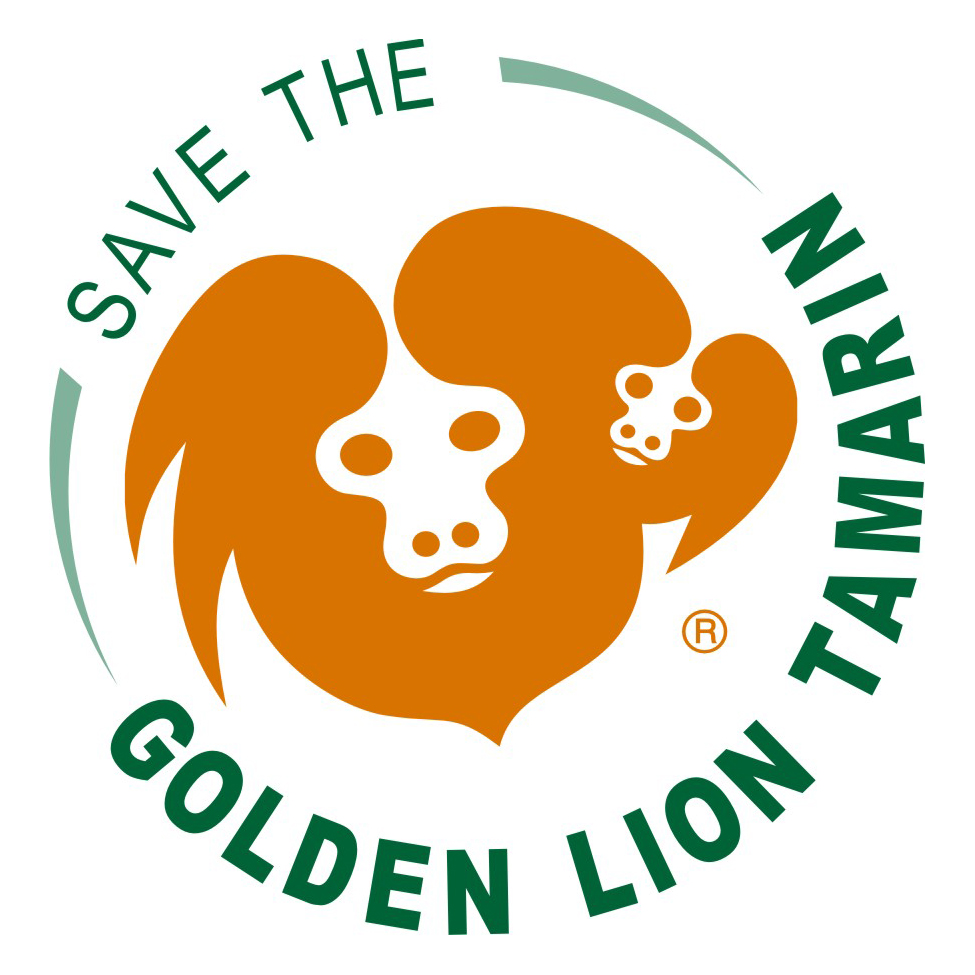Highlights of our work in 2018 in our Annual Report
SGLT (Save the Golden Lion Tamarin), together with our partners in AMLD (Brazilian Golden Lion Tamarin Association), we have had a busy year advancing toward our goal of saving GLTs from extinction. Specifically, this goal is to attain 2000 GLTs in 25,000 hectares of protected and connected forest. With our expertise gained over several decades, we have identified needs, threats, actions needed, and incremental progress. In 2015, we developed a comprehensive 10-year strategic plan, and a workshop is held each year with key staff and players to review this strategic plan and adapt it according to the current situation. The plan contains 13 strategies that, together, are designed to achieve the above goal.
There are currently a total of 2,414 GLTs in 49,159 hectares of forest, but much of this forest is yet to be connected and legally protected, but is separated into forest patches. Importantly, however, to date the largest block of connected and protected forest is 6,841 hectares and has only 285 GLTs. To increase the connection between isolated forest patches, AMLD has to date planted 25 forest corridors and reforested 338 hectares with native tree species.
Four strategies focus on restoring the GLT population to viability, four focus on connecting forest fragments and permanently maintaining forest cover; three help involve local people in valuing the forest and engaging them in restoring and protecting it; and the last two aim to integrate and implement the previous eleven. Thus, SGLT and AMLD work to involve local residents, donors, and partners around the work in a multi-pronged, tactical manner. The full report (see link above) provides the reader with a comprehensive view of what we are doing in each of these strategies.
Many challenges continue to present themselves and call for us to be able to adapt to them. For just one example, in January 2017, it became apparent that yellow fever, a mosquito-borne virus, was infecting humans and nonhuman primates. AMLD worked with Brazilian authorities, yellow fever specialists, and field researchers to develop a plan to combat this threat. Awareness of the need for human vaccination of local residents was promoted and coordinated by AMLD, and late in 2018 a vaccine safe and effective for GLTs was developed. We are currently awaiting Brazilian governmental approval to apply the vaccine to GLTs.
In short, SGLT and AMLD are making strides and meeting ever-present challenges, and we must continue to work strategically toward our goal, always prepared to adjust to meet unexpected challenges.
